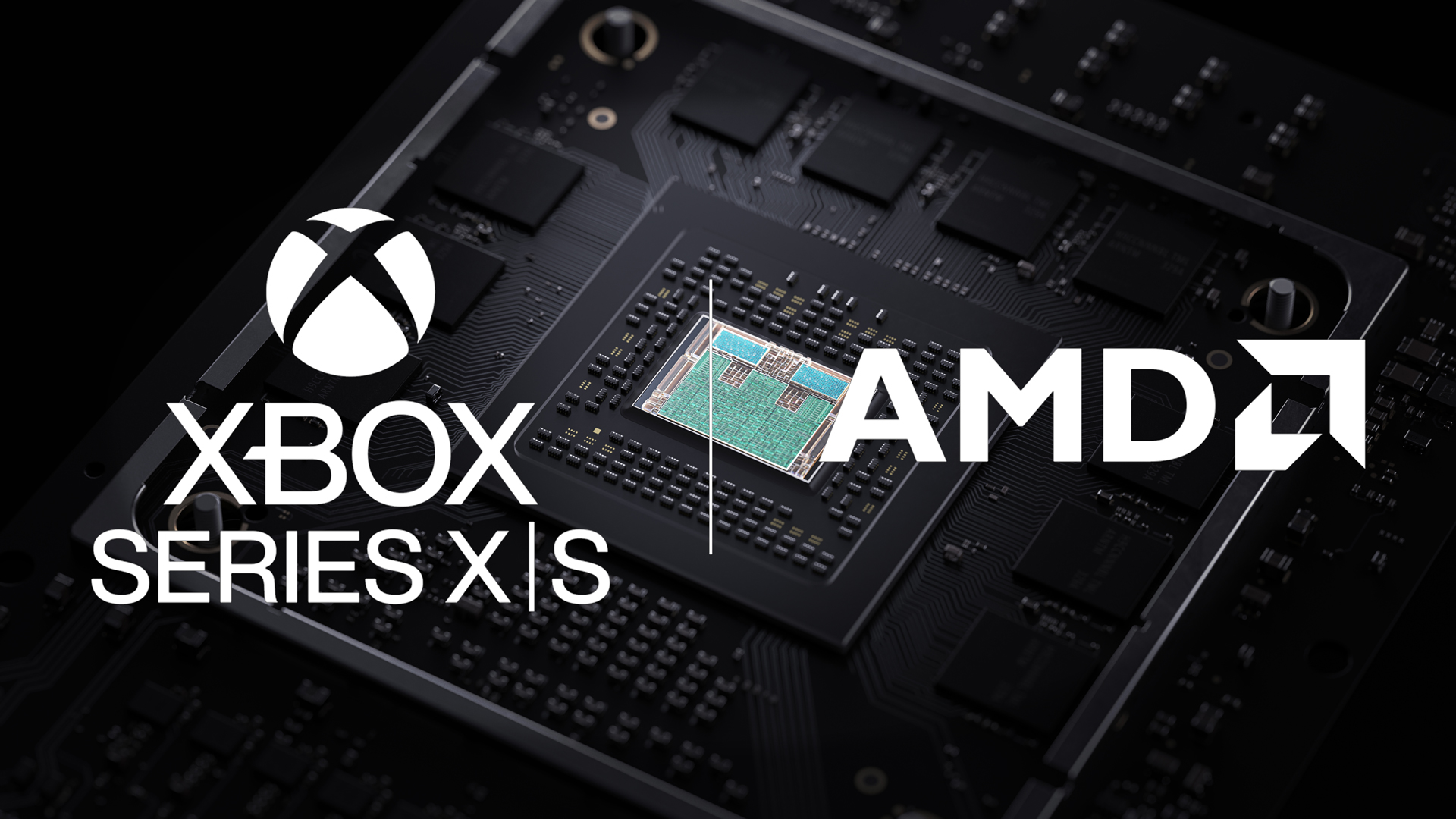SenjutsuSage
Banned
For mesh shaders all models are divided into meshlets - meshes with up to a hundred polygons or so, each meshlet has its own number and other metadata that the rasterizer needs. Mesh shaders are compute shaders with direct access to the gpu rasterizer. Roughly speaking, this is the evolution of everything that has been done in game engines for many years from compute shaders.
It's still relatively brand new capability for the geometry pipeline that's never had a chance to be taken advantage of to anywhere nearly this degree before. It first showed up on a wide scale in Nvidia Turing, and to this point hasn't taken up wide scale use. It's far more powerful and much more flexible than the existing more fixed function, linear pipeline and it's much better for performance. It's also better equipped for the strengths of GPUs. No AMD GPU prior to RDNA 2 has had any support for the feature.
It's a very big deal, not a mere evolution. It's a game changer for videogames going forward as it gets more use.













